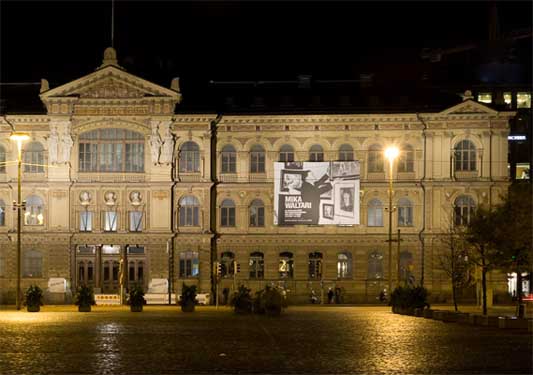Finnish national epos Kalevala continues to inspire artists
 Helsinki - The Kalevala epos has long been an integral part of Finnish-language culture, and a source of inspiration for numerous artists as well as dramas, operas and symphonies.
Helsinki - The Kalevala epos has long been an integral part of Finnish-language culture, and a source of inspiration for numerous artists as well as dramas, operas and symphonies.
Proof of that is evident at the Ateneum Art Museum in Helsinki where over 200 works by some 60 artists are being exhibited.
The exhibition runs through August 9 and marks the 160th anniversary of the publication of the Kalevala by Finnish folklorist and literary scholar Elias Lonnrot, who collected Finnish and Karelian folklore.
In addition to paintings, etchings and photographs, there are sculptures featuring some of the main characters in the epos.
Artists featured in the exhibition include Akseli Gallen-Kallela (1865-1931), who created some of the best-known works based on the Kalevala including the triptych of the Aino Myth from 1891.
Gallen-Kallela also won a competition to decorate the Finnish pavilion at the 1900 Paris World Exhibition featuring Kalevala themes.
Others works in the exhibition include those by Robert Wilhelm Ekman (1808-1873) and sculptor Waino Aaltonen (1894-1966).
The oldest Kalevala-inspired painting on display dates back to 1851 and is by Johan Zacharias Blackstadius. The work depicts the key character, Vainamoinen, playing the kantele instrument.
The exhibition is organized around key themes or persons in the myth including Vainamoinen's Song, the Aino Story, Lemminkainen's Mother and Kullervo's Curse.
While the Kalevala was originally sung, contemporary artists and composers have also been invited to show work inspired by the stories in a separate section. One work features a punk-style Aino.
Internet: www. ateneum. fi (dpa)